By Daniel Galvin PR
Posted in News
The beginning of the second hair colour boom 1980’s
Daniel Galvin the top English Colourist travelled to Japan and generously taught groundbreaking techniques and ways of thinking that were not available in the Japanese beauty industry.
© Juliana Tokyo in 1993 | The Mainichi Newspapers
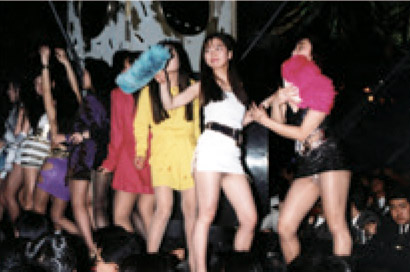
In the 1990s Hideo Imai & Eizo Kakimoto top Japanese hairdressers used hair color to express peopleʼs diversifying values and individuality. They advocated hair design that adds three-dimensionality with hair colour, and had a major impact on the beauty industry, which was in need of proposals for modelling beauty next to cutting and perms.
Their work has changed the face of salon colour in Japan today.
Galvin’s Technique
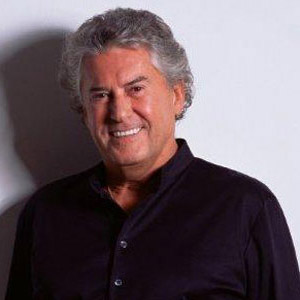
Weaving

Foiling

Around 1980 (Showa 55) to 2000 (Heisei 12) second boom
The bubble economy that began in 1986 (Showa 61) ended about five years later, and Japan entered an economic downturn and prolonged recession known as the “lost decade.” The second hair color boom took place under these social conditions. The options of coloring oneʼs own hair with consumer products or having it professionally done had been established, and the synergistic effect of the two greatly expanded the range of hair color choices for Japanese people, who had always aimed to have black hair.
Acidic hair dye with less damage to hair arrives
One-length hairstyles were very popular in the 1980s and early 1990s. Straight hair emphasizes the flow of black hair. Against the backdrop of this trend, acidic hair dyes, which can both add shine and complementary color to hair, became popular in beauty salons from around 1985 (Showa 60).
Eizo Kakimoto

Hideo Imai
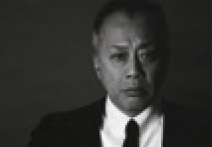
© Kyodo News / Amana Images Color | Arimino Seventh Day
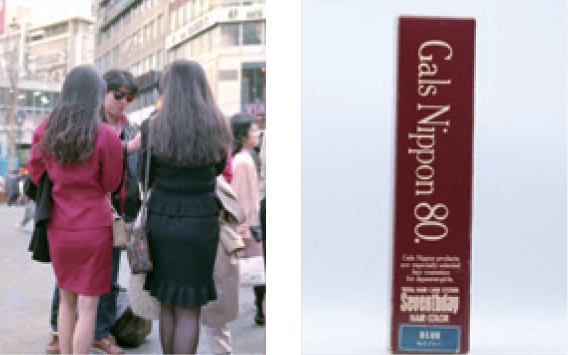
A catalyst for diverse hair colour choices… The Equal Employment Opportunity Law
The enactment of the Equal Employment Opportunity Law in 1986 (Showa 61) dramatically accelerated the social advancement of women. Women who had the opportunity to interact with society began to express themselves more actively, and hairstyles changed from “cut and perm” to a lighter “cut and dry” style. Along with that, hair colors became lighter.

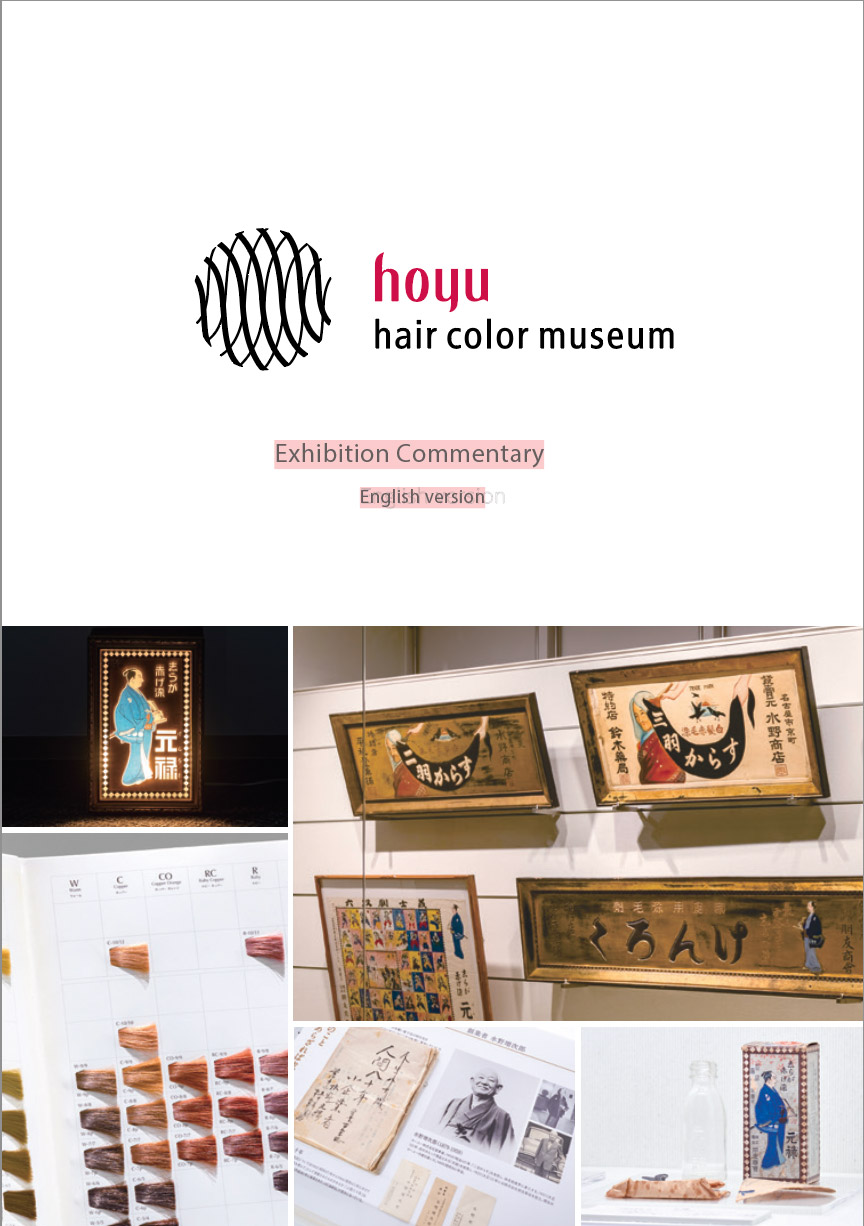
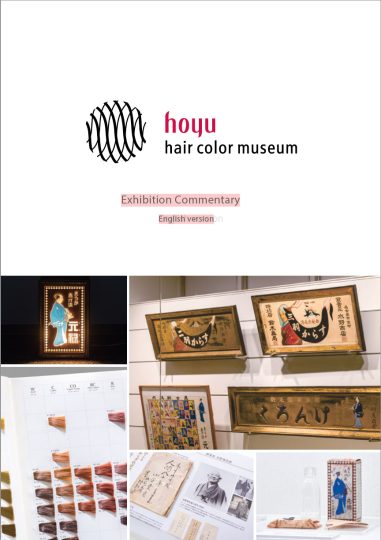

Comments are closed.